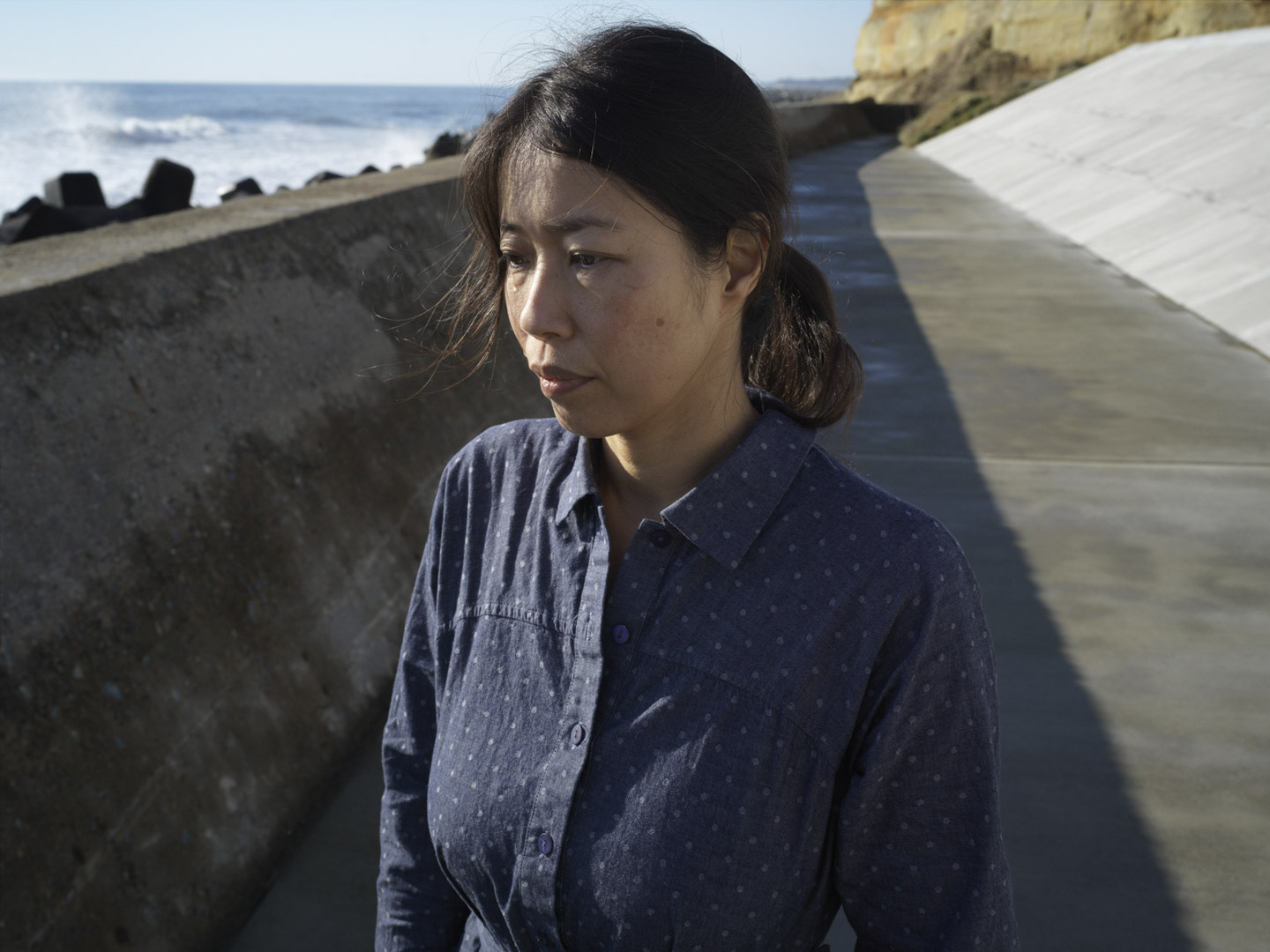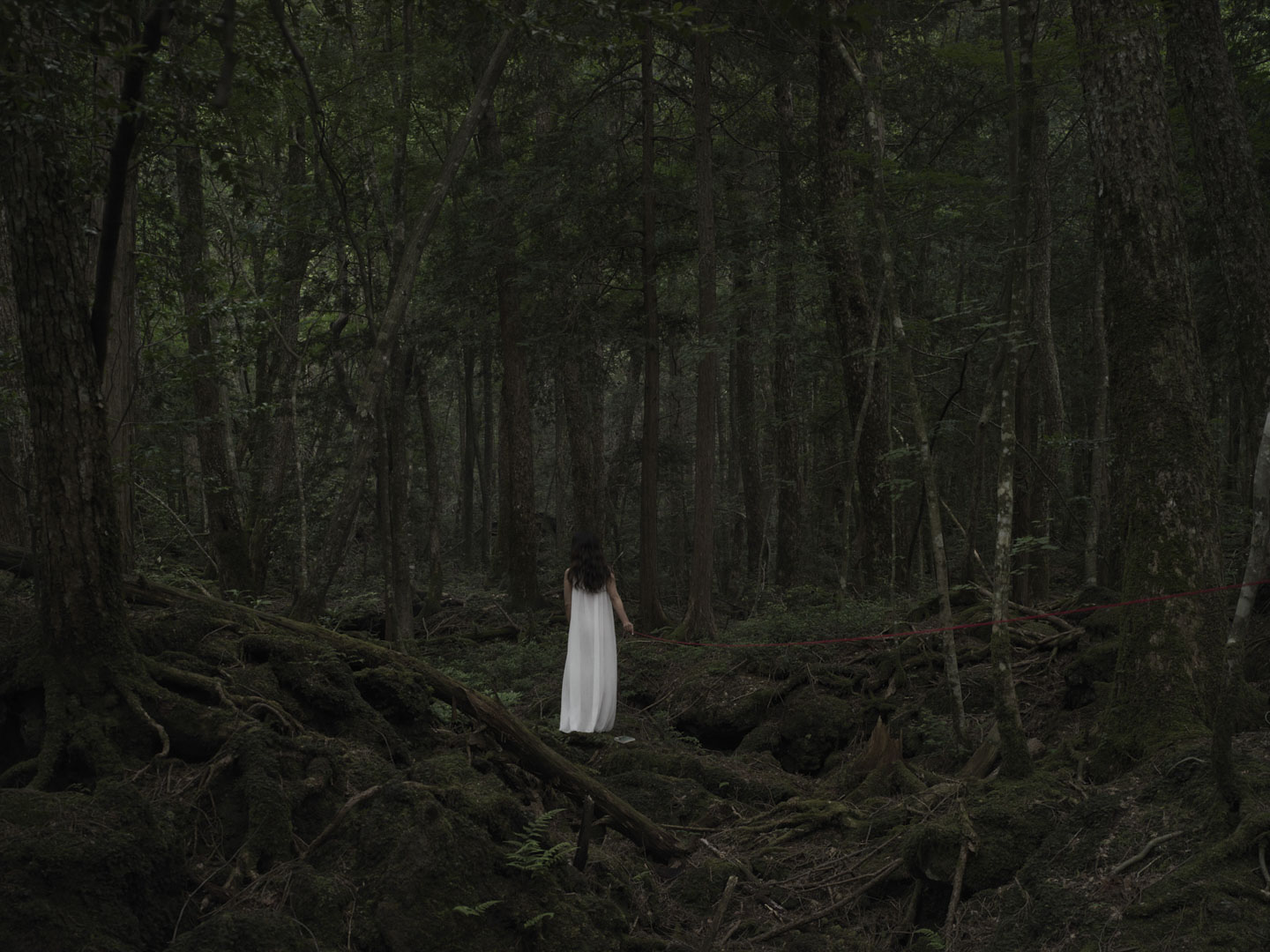Pierre-Elie de Pibrac — Ephemeral portrait of Japan
Exhibition from September 20, 2023 to January 15, 2024
Musée national des arts asiatiques – Guimet
6 place d’Iéna, 75116 Paris
Open daily except Tuesday, from 10am to 6pm.
The Musée Guimet is presenting the photographic project Hakanai Sonzai, which in Japanese means “I feel myself to be an ephemeral creature”.
Through a series of colour portraits, landscapes and black-and-white still lifes with the look of prints, Pierre-Elie de Pibrac recounts the feeling of impermanence that pervades Japanese culture, a society that has forged demanding collective rules to cope with the hostility of a nature that imposes its law everywhere.
“In a country where people don’t open up very much, I had to be particularly methodical and patient to break the ice and slowly enter into the lives of the Japanese people whose stories I wanted to tell”.
Pierre-Elie de Pibrac.
Continuing an anthropological and social photographic project initiated in 2016 in Cuba and which he will pursue in 2024 in Israel, Pierre-Elie de Pibrac traveled throughout Japan between December 2019 and August 2020 to produce the Hakanai Sonzai series. In the course of this immersive investigation, the artist went to meet individuals seeking to express the singularity of a personal story through their participation in the photographer’s project: yakuzas, Fukushima survivors, hikikomori (people living cut off from the world and from others, mostly cloistered in their rooms) or “evaporates” who have opted for voluntary disappearance…
Pierre-Elie de Pibrac initiates these intimate exchanges by sending blank notebooks and disposable cameras, maintaining an assiduous correspondence with his models before working with them in natural settings and lighting.
As a counterpoint to these large-format photographic tableaux, a series of black-and-white photographs offers sumptuous details of eternal Japan: waterfalls, unfathomably deep ponds, oppressively dense canopies, abandoned architecture…
Inspired by the Japanese tradition of Ukiyo-e, the subtle art of ink and woodcuts, these black-and-white photographs evoke an acute awareness of the precariousness of existence, present in the notion of Mono No Aware, a sensibility for the ephemeral omnipresent in Japan, where the random forces of a capricious and mystical nature, with its recurrent earthquakes and seaquakes, weigh on the lives of the inhabitants.





